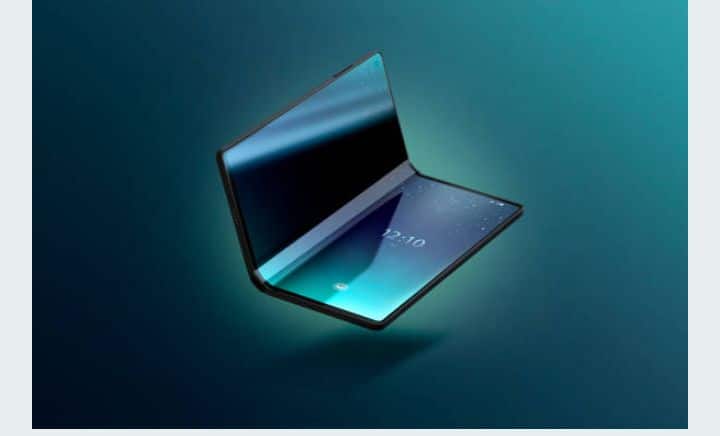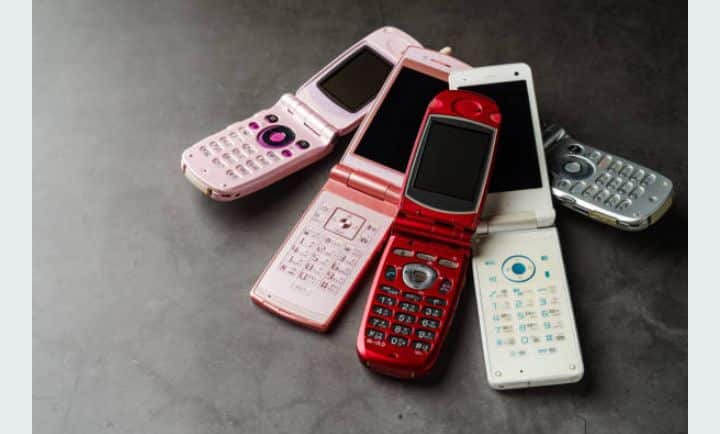Introduction
Foldable phones, once a sci-fi concept, have become a tangible reality in the ever-evolving world of smartphones. These devices combine the portability of traditional smartphones with the expansive screen real estate of tablets, offering a new level of functionality. As of the mid-2020s, foldable phones are carving out a niche in the competitive smartphone market, drawing interest from tech enthusiasts and general consumers alike.

Brief History The idea of foldable phones can be traced back to the clamshell flip phones of the early 2000s, such as the Motorola Razr. However, those were not true foldable displays. The real breakthrough came with advancements in flexible OLED technology. Samsung unveiled its first prototype of a foldable phone in 2011, but it wasn’t until 2019 that the Galaxy Fold officially launched. Other manufacturers, like Huawei, Motorola, and later Google, joined the race with their own innovations.
2: How Foldable Phones Work Flexible Display Technology The cornerstone of foldable phones is the flexible OLED (Organic Light Emitting Diode) display. Unlike traditional glass-based displays, OLEDs can be manufactured on plastic substrates that bend without breaking. This flexibility allows screens to fold inward like a book or outward to expand from a compact form. Hinges and Mechanics A critical component of any foldable phone is its hinge mechanism. This hinge must endure thousands of folds while maintaining durability and smoothness. Manufacturers have invested heavily in engineering hinges that are both strong and thin. Samsung’s Hideaway Hinge and Huawei’s Falcon Wing are notable examples that allow seamless folding with minimal screen crease.
Software Adaptation Foldable phones require adaptive software that transitions smoothly between folded and unfolded modes. Android, as the dominant mobile OS, introduced native support for foldable screens in Android 10, allowing apps to resize dynamically. Companies also implement multitasking features, enabling users to run multiple apps side by side in tablet mode.

3: Market Trends and Leading Brands Current Market Overview As of 2025, the foldable smartphone market is rapidly growing. IDC reports show an annual growth rate exceeding 40%, with millions of units shipped globally. While still a niche compared to traditional smartphones, foldables are gaining momentum, especially in premium segments.Top Brands and Models
1. Samsung – With models like the Galaxy Z Fold and Z Flip series, Samsung dominates the foldable market, offering both productivity and compact lifestyle options.
2. Huawei – Despite facing trade restrictions, Huawei has introduced advanced models like the Mate X and Xs series.
3. Motorola – Reviving the classic Razr, Motorola brought nostalgic design with modern technology.

4. Google – The Pixel Fold brought refined software integration and camera capabilities.5. Others – Brands like Xiaomi, Oppo, and Honor have also entered the scene with innovative form factors and features.
4: Challenges in Foldable Phone Development Durability Issues Foldable phones face durability concerns, including screen creases, hinge wear, and vulnerability to dust and water. Though newer models boast IP ratings and stronger materials, long-term resilience is still a concern.Cost and Accessibility Foldables are expensive, often starting at $1,000 and going up to $2,500.
High costs limit their accessibility to average consumers, making them luxury or tech-enthusiast items.App Optimization despite OS support, many apps are not yet fully optimized for foldable displays. Developers must adapt their UI/UX for dual-mode functionality, which slows mass adoption.Battery Life Foldable phones often need to power larger displays, which puts more strain on battery life. Though some models feature dual batteries and optimized power management, efficiency remains a hurdle.

5: Future Prospects and Conclusion.
Emerging Innovations Foldable technology is branching into rollable displays, tri-fold designs, and even devices that can fold both horizontally and vertically. Companies are experimenting with new materials like ultra-thin glass and hybrid polymers to improve longevity. Wider Adoption Forecast With manufacturing costs expected to decrease and software ecosystems maturing, foldable phones could become mainstream within the next five years. Analysts predict that by 2030, foldables could represent 15–20% of the global premium smartphone market.ConclusionFoldable phones represent a bold step in the evolution of mobile technology.
They offer a glimpse into a future where the boundaries between phones and tablets blur. Despite challenges, innovation and consumer interest continue to drive this segment forward. As technology advances, foldable phones could redefine how we interact with our devices, blending flexibility with functionality in unpredictable.




